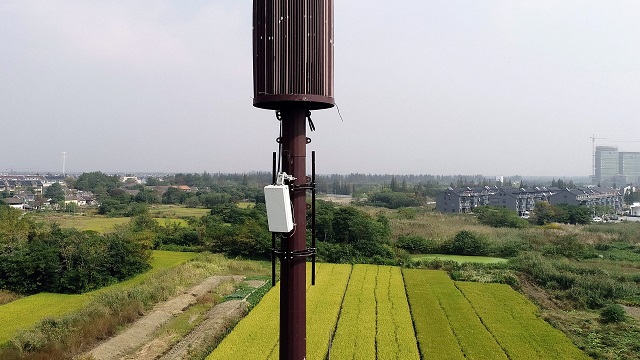TrendForce has shared an analysis on how China’s Huawei will be impacted after the U.S. Department of Commerce deciding to block suppliers from selling semiconductor products and components manufactured with U.S. equipment and software to Huawei.

The new sanctions against Huawei – announced on August 17 — will have impact on five technology industries, including semiconductors, memory products, smartphones, display panels, and 5G communications.
5G Base Stations
The report said Huawei’s inventory of 5G base station chips is sufficient until 2021. Huawei uses its Tiangang chips, developed in-house, for baseband chips contained in its 5G base station AAU and BBU. These chips are manufactured with 7nm process technology and primarily by TSMC.
If TSMC stops supplying these chips to Huawei as a result of U.S. sanctions, this will affect Huawei’s shipment of 5G base stations, leading to delays in mobile network operators’ 5G network deployment in 2020.
Huawei used to rely on U.S. suppliers for base station components before it was sanctioned by the U.S. government in 2019. After 2019, Huawei lowered its dependence on U.S. suppliers for RF components. Japan-based Murata and Sumitomo supply RF components to Huawei. Huawei’s optical communications supply chain will not be impacted by the latest sanctions, as it is largely independent of U.S. technology.
Smartphones
Huawei will produce 190 million smartphones units in 2020 based on Huawei’s existing inventory and the assumption that some components can be supplied to the company before September 15.
If Huawei is completely prohibited from obtaining components containing U.S. technology after September 15, TrendForce will revise the forecast of Huawei smartphone production for 2021 down to about 30-50 million units.
Xiaomi, OPPO, and Vivo are expected to cannibalize the majority of Huawei’s market share in the global smartphone market. If suppliers are permitted to resume component shipment to Huawei after review, Huawei will be expected to manufacture more than 100 million units in 2021.
Display Panels
Production capacity is plentiful for AMOLED panels. Given the reduction in Huawei’s panel demand, the competition among panel suppliers for clients could intensify, accelerating the decline in AMOLED prices.
Following Apple, Huawei is the second largest user of LTPS panels among smartphone makers. Hence, a drop in Huawei’s demand would put pressure on suppliers of LTPS panels, as other Chinese smartphone brands might not be able to completely fill the demand gap due to their own product strategies.
Semiconductors
Though MediaTek will not ship its smartphone APs to Huawei following the August 17 order, MediaTek may subsequently look to other high-end smartphones as its target market in 2021 and raise its 5G AP market share.
At the same time, Unisoc may become the AP provider of choice for Chinese smartphone brands’ entry-level models.
Huawei accounts for a relatively large revenue share for other companies, including RF IC manufacturer Richwave and China-based fingerprint sensor manufacturers Goodix and Silead.
Richwave may ship its new WiFi 6 products, which do not contain U.S. technology, to Huawei. Goodix is expected to be affected to a larger degree since optical FoD (fingerprint-on-display) chips are mostly outsourced to 8-inch fabs, making it difficult to eliminate U.S. technology from the manufacturing process.
Novatek and FocalTech are the chief suppliers of TDDI for Huawei. The latest trade actions will have a limited impact on Novatek, thanks its diverse clientele and products. FocalTech will be affected to a much higher degree in the short run due to its focus on China. FocalTech may be able to compensate by capturing more orders from other Chinese clients.
There will be 1.5 percent drop in revenue in 2020 for the CIS (CMOS image sensor) industry due to the poor sales performances of the smartphone and automotive markets, which are the primary markets for CIS applications.
Sony will not be able to ship its high-end camera modules to Huawei.
TSMC, SMIC and Win Semi are the top three companies in terms of revenues from Huawei’s wafer input. Huawei has stopped placing wafer input orders at TSMC, while SMIC and Win Semi will stop shipment to Huawei in accordance with U.S. sanctions.
Memory Products
Since most of DRAM/NAND Flash supplied to Huawei are commodities, memory suppliers can ship these products to other clients instead. Stagnant inventory caused by the sanctions will have a limited impact on memory suppliers.
Huawei’s demand for memory products is similar to that of Xiaomi, OPPO, and Vivo, which are all expected to take over Huawei’s market share in the future. There will be no changes to the strength of demand in the global memory market.





